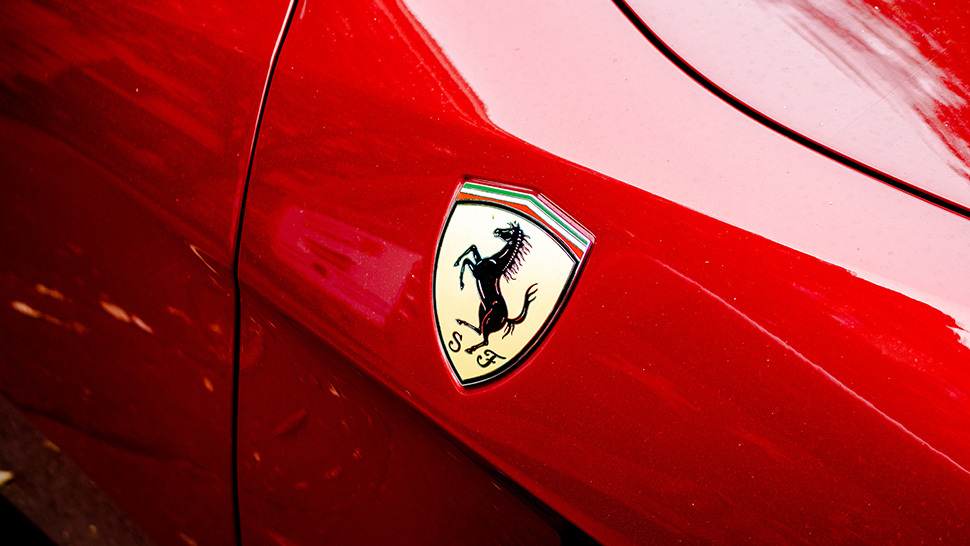What do jelly donuts and expanding asset markets have in common?
Your humble narrator, a self-proclaimed donut connoisseur, would posit that the magic of a jelly donut begins and ends with the indulgent sweet center. While one cannot ignore the exterior architecture that provides a jelly donut’s supporting structure, there exists a world of goodness in the middle that expands the horizons of one’s enjoyment if one simply looks for it. To maximize the jelly donut experience, one must focus on the sweet center and ensure that each decadent bite contains the optimal ratio of the jelly that’s hidden in the middle to the golden delicious exterior that is readily apparent when holding this coveted treat in one’s hands. This keen emphasis on the jelly in the middle can be similarly applied when effectuating expansions of many asset markets, where the often-overlooked middle market can potentially offer the sweetest benefits.
- Annual Art Sales hold steady, but…
- Survey of HNW buyers suggests spend on $1m+ art reduced by 25%
- Need to engage enthusiastic mid-market buyers into art ownership
Allow me to apply the jelly donut analogy when considering the art market. Annual art sales have held relatively steady in recent years, to the tune of approximately $68billion in annual turnover1. A recent survey by Art Basel and UBS of 2,800 high-net-worth individuals found that, for the first half of 2023, only 9% of these wealthy respondents reported they were considering purchasing artworks valued above $1 million, down from 12% in 2021, indicating a “rapidly thinning high-end” on the heels of a strong surge in sales following the COVID-19 pandemic2. With the global art market so heavily reliant upon a relatively small group of ultra-wealthy buyers – who generated $2.1billion in sales valued above $1 million in the first half of 2023 alone3– the natural question becomes: how can art ownership become more accessible to a broader audience, thereby expanding the overall category? How can we turn up the heat on this proverbial oven, so to speak?
The answer is as follows: rather than focusing on the readily apparent ultra-wealthy outer crust of the donut that has for so long comprised the art market’s structural scaffolding, we instead need to dig deeper and tap into the sweet jelly center in order to enhance market participation.
In years past, the art market’s approach to democratizing ownership via lower-cost offerings has primarily revolved around print sales, and this holds true today. From 2008 to 2023, Phillips’ annual turnover in its worldwide “Editions” auctions increased by 827%; in 2023 alone, the department achieved sales of $40 million, up almost 20% over 20224.
Luxury brands have similarly attempted to expand their addressable markets by introducing mid-market sub-brands that offer “affordable luxury” to consumers. A few examples of this approach are Armani’s “Armani Exchange,” Tiffany & Company’s “Return to Tiffany,” Ralph Lauren’s “Polo Ralph Lauren,” and Starwood’s “Aloft” hotels. According to Kelly Meng Parnwell, lecturer in luxury brand management at Goldsmiths College, University of London, “Consumers buy low-priced products with luxury logos, not for the aesthetic value of the product, but for the social value that luxury brands can provide them.”
And yet, most of us want to have our cake – or in this case our jelly donut – and eat it too, preferring an iPhone Pro to an SE model. Similarly, prints do not offer a viable solution for those collectors and investors who want to own an original artwork but lack the financial wherewithal to purchase the piece outright.
With artworks below $50,000 comprising 90% of art lots at auction, and 45% being below $5,0001, there exists demonstrable demand for mid-market art buyers. Further, the most active segment amongst collectors is for works priced between $10,000 and $50,000, which has grown from 17% in 2021 to 25% in 20232. Such enthusiastic market participation at these more accessible price points bolsters the argument made by many financial experts when they proclaim fractional ownership to be the future of finance.
By fractionalizing ownership of high-value assets, of which fine art is but one example, companies like aShareX can increase meaningful market participation by collectors and investors who want their bite-sized share of the category’s historical upside (to the tune of 8.5% annual returns from 1950 through 20215), seek to diversify their portfolios with alternative assets that offer low correlations to stocks and bonds6, or simply love a particular artist and want to own one of their works for emotionally-driven or social currency reasons. This same dynamic can be applied to a number of asset types, including but certainly not limited to: diamonds and precious gems ($340 billion in annual sales7), collectible cars (outperformed the S&P 500 with 280% returns from 2008 to 20218), or sports cards and memorabilia (projected to grow 500% by 20329).
By taking an innovative approach that focuses on the heretofore untapped goodness in the middle of the jelly donut as a mechanism for expanding addressable markets, fractional investment platforms like aShareX enable mid-market investors and collectors, who would otherwise be priced out of market participation, to invest with affordable amounts and in ways that work for their individual portfolios.
Hear Alan Snyder's interview with Infobeans









Leave a Comment